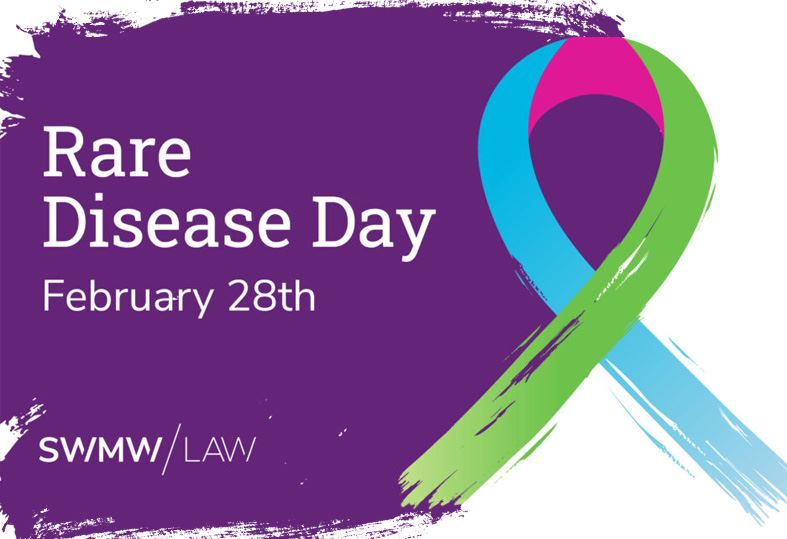Asbestos Causes Multiple Rare Diseases
Diseases are classified as “rare” if they afflict fewer than 200,000 Americans. Rare diseases are notoriously difficult to diagnose, their treatments are often limited, and experienced doctors and care facilities often require travel.
Every year, approximately 90,000 people die from diseases caused by asbestos exposure. Tumors from asbestos-related lung cancer restrict oxygen flow into the bloodstream, and cause chest pain, shortness of breath and severe coughing. Small cell and non-small cell are two types of asbestos-related lung cancer. Asbestosis is the scarring of the lungs caused by exposure to asbestos. This chronic disease causes shortness of breath and can lead to asbestos-related lung cancer.
Asbestos is also responsible for the rare disease mesothelioma, a deadly and rapidly spreading type of cancer for which there is no cure. Mesothelioma affects the cells in the mesothelium, which is the membrane that protects various organs. Patients report coughing, chest pain, difficulty breathing, weakness, and loss of energy as primary symptoms. 3,000 Americans are diagnosed with mesothelioma each year, and the disease has a mere five-year survival rate.
Laryngeal cancer, which affects the larynx, or voice box and vocal cords, is another rare disease that can be directly linked to asbestos exposure. Symptoms include throat, neck, and ear pain, trouble swallowing, chronic cough, vocal hoarseness, and a discernable lump in the neck or throat. According to Cancer Net, laryngeal cancer kills nearly 4,000 Americans each year, and nearly 100,000 people worldwide.
Join the Fight
There are many opportunities for you to join the fight against rare diseases and the inequity of slow progress, lack of resources, and failures of accountability. Each year on February 28, Rare Disease Day is observed by thousands of organizations and millions of individuals whose advocacy and determination are responsible for making rare diseases nationally and internationally recognized.
Overcoming Illness and Isolation
Since 2008, Rare Disease Day has been helping 30 million patients each year feel less isolated. This global, patient-led campaign fights for “equitable access to diagnosis, treatment, health and social care, and opportunity for people affected by a rare disease.” And it brings together families, caregivers, healthcare professionals, policymakers, researchers, and health justice advocates into a Rare Disease community, offering ways to connect and take action.
It’s often long before a diagnosis that a rare disease feels devastating. The 7,000 diseases and disorders considered “rare” by the National Institutes of Health often receive less medical research, funding, and attention. Because they can cause an array of symptoms that mimic other issues, rare diseases are notoriously difficult to diagnose, causing delays in treatment and sometimes lasting and irreversible harm. Tragically, 95% of rare diseases not only have no cure but have no treatment.
On top of all these challenges comes the expense of the treatments, battling Medicare or insurance companies for coverage, and often traveling long distances to receive care. Patients with a rare disease that does not receive global attention or funding are not only left to navigate complex health and social systems largely alone, but often feel left without advocates or a community to support them.
How You Can Participate
The National Organization for Rare Disorders (NORD) is the U.S. partner for Rare Disease Day, working with Rare Diseases—Europe (EURODIS) to bring together a global community for change. There will be hundreds of live and virtual events in every state, with patients, families, lawmakers, and medical professionals participating. You can attend panels, presentations, webinars, resource fairs, summits, charity runs, marches, and rallies. If you or someone in your network is hosting an event, you can add it to the Rare Disease Day calendar.
You can also raise awareness with visual representation. This year’s symbol is the zebra, and advocates across the country are wearing their stripes to show support for those impacted by a rare disease. And, groups everywhere are helping to light up a landmark on February 28—a statue, building, historic home, school, bridge, monument. You too can join these efforts and share your visuals with the Rare Disease Day community.
Every small act of connection serves to build a stronger, more vocal, more recognizable community for rare disease patients.
Advocacy for Patients and Families
Compounding the distress of a rare disease diagnosis is the fact that the dangers of asbestos were well-known decades ago, but laborers and their families continued to be exposed to its toxic effects and suffer long-term consequences. Asbestos was installed into nearly every building, vehicle, or vessel between the 1950s and 1980s, through wiring, bricks, pipes, insulation, and other construction materials. It was also a component in many workers’ gloves, aprons, and protective gear.
We discovered that asbestos fibers, released into the air whenever asbestos products are disturbed, could be inhaled or ingested, lodging into lungs, soft tissues, and other organs, causing severe damage or leading to different forms of cancers. And yet, it took decades before manufacturers and insurance companies acknowledged these deadly outcomes and took measures to protect workers and their families, who were exposed to second-hand asbestos from their loved ones’ clothing, skin, hair, and belongings.
Connect with an SWMW Law Advocate
SWMW Law has been proudly standing with victims of mesothelioma and other asbestos-related diseases since 2012. The battle for patient justice goes on today for accountability from companies who refuse to take responsibility for patients’ mesothelioma or asbestos lung cancer. Our team’s experience, skill, and passion for justice make us fierce advocates and compassionate partners to families in need of a voice for their loved ones, especially as they contend with the challenges of a rare disease diagnosis.
Read more about our mesothelioma practice area and contact our team today to learn more about how we can help you.



